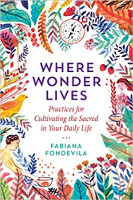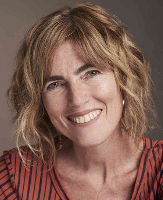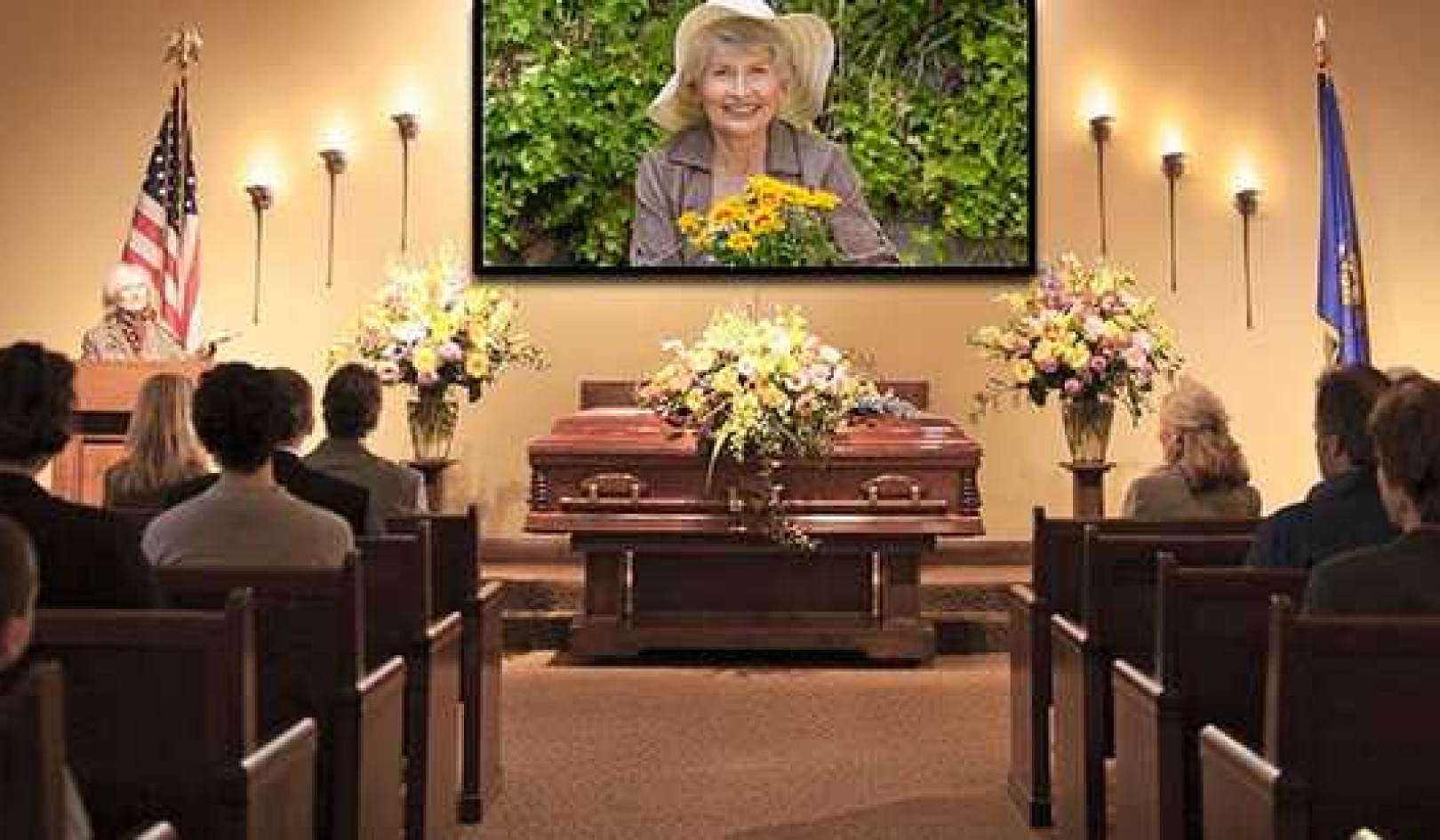
Image by Donna Kirby
Narrated by the author.
From the beginnings of human civilization, almost all the peoples of the Earth have used some variant of the practices that Romanian anthropologist Mircea Eliade baptized “techniques of ecstasy” to heal themselves, to communicate with spiritual forces and to ask their gods for help.
What is new today is that people who have grown up in industrialized urban cultures are now exploring these practices for themselves with the help of experienced guides. They seek to reconnect with ancestral forces; heal ailments that conventional medicine cannot treat; glimpse realities not perceptible with the senses; and confirm sensations and intuitions for which they cannot find an explanation.
One of the great facilitators of this approach was the American anthropologist Michael Harner, who in 1980 summarized and detailed the common elements of the world’s shamanic practices in his book The Way of the Shaman. Among these shared elements, he highlighted three in particular.
The first of these is the state of shamanic consciousness: a kind of trance, but one in which the practitioner does not lose consciousness or control. The second element is the shamanic journey, usually accompanied by the rhythmic sound of a drum or maracas. Thirdly, shamanism is predicated on the belief in a non-ordinary world that can be divided into three parts:
-
The Lower World, inhabited by ancestors, power animals and forces of nature;
-
The Higher World, inhabited by beings of light and spirits of wisdom and compassion (although these can also be found in the Lower World);
-
The Middle World, inhabited by people and disincarnate (disembodied) spirits. All the realities of the human world belong to this dimension of existence.
In traditional shamanic cultures only the shaman “travels” anywhere. Modern neo-shamanic practices make such journeys available to anyone willing to learn the techniques, but the process must always be guided by someone trained in shamanic arts and familiar with the worldview that sustains them.
The question arises: is it legitimate for people who do not belong to these traditions to make use of their techniques? Michael Harner says:
. . . these new practitioners are not “playing Indian,” but going to the same revelatory spiritual sources that tribal shamans have traveled to from time immemorial. They are not pretending to be shamans; if they get shamanic results for themselves and others in this work, they are indeed the real thing. Their experiences are genuine . . . The shamanic work is the same, the human mind, heart and body are the same; only the cultures are different.
But, he warns, shamanism requires a commitment to learning:
The techniques are simple and powerful. Their use does not require “faith” nor changes in the assumptions you have about reality in your ordinary state of consciousness . . . However, while the basic techniques of shamanism are simple and relatively easy to learn, the effective practice of shamanism requires self-discipline and dedication.
Practices associated with the exploration of this worldview are: the shamanic journey; singing; dancing; praying; ingesting psychoactive plants (called “entheogens” by the communities that use them, meaning “a god within”); sweat lodges; and vision quests, which involve spending time alone in nature, fasting and communing with the spirits of the place.
The Active Dream
After undergoing a series of transformative mystical experiences, the Australian author Robert Moss created his own synthesis of shamanic practices with Jungian active imagination. His methods offer the possibility of exploring non-ordinary reality as part of a group and in a spirit of play and adventure.
His proposals include group “re-entry” into a particular dream in order to look for information, healing, resolution or simply to get to know the dream world better. Other group activities include conscious dream journeys to predetermined locations, accompanied by a drum; and “navigation by synchronicity.”
The street oracle
Before leaving home, formulate a question for which you would like to receive guidance or orientation. The first three things that attract your attention in a specific time frame (your journey to work, a walk around the block, a trip on public transport) will give you the answer. You may be drawn to a captivating headline, overhear a fragment of conversation, notice a phrase on a billboard or be fascinated by a formation of clouds in the sky. The oracle will tell you what the hidden message is in this succession of “random” images.
The group oracle
Each participant in a group writes down a phrase that comes to mind on a piece of paper. Alternatively, you can open a book at random and pick the first sentence on the page. Pile the pieces of paper on top of one another, face down, in the middle of the group. One by one, each participant asks a question and takes one of the papers at random. The phrase she reads on it is the answer to her question.
In some cases, the answer will be clear and synchronous; it is likely to be so astonishing as to awaken a sense of mystery. In other cases, it will be necessary to use the imagination to figure out the relationship between the question and the answering phrase. Ultimately, everyone benefits from looking at their question from different angles, thus foregoing our usual, linear style of thinking.
Close Your Eyes So You Can See
Imaginary worlds. Envisioned kingdoms. Dreaming journeys. Active reverie. We know so little about the mysterious experiences that explode like fireworks when we close our eyes. Perhaps the only thing that matters is that which the poet Mary Oliver expresses with her enchanted pen:
Whoever you are, no matter how lonely,
the world offers itself to your imagination.
We go to the river for pleasure, curiosity, need and thirst of discovery; and we return transformed. Before we depart, let’s listen to the advice of the girl from Wonderland, Alice of the blond locks and white apron.
She calls to us before setting off to chase after some impossible creature: “I nearly forgot,” she says. “You must close your eyes, otherwise you won’t see a thing.”
©2018, 2021 by Fabiana Fondevila. All Rights Reserved.
Publisher: Findhorn Press, imprint of Inner Traditions Intl.
www.findhornpress.com and www.innertraditions.com
Article Source
Where Wonder Lives: Practices for Cultivating the Sacred in Your Daily Life
by Fabiana Fondevila
 Where Wonder Lives invites you on a journey, an expedition through your own inner landscape to reawaken to the mystery of life. The travels are by way of an imaginary map through 9 distinct territories. In each, you explore the terrain, then are led to a rich set of contemporary and time-honored practices--from mindfulness to dreamwork, cloudscapes, and working with plants--that help you rebuild a life of vitality, connection, and enchantment.
Where Wonder Lives invites you on a journey, an expedition through your own inner landscape to reawaken to the mystery of life. The travels are by way of an imaginary map through 9 distinct territories. In each, you explore the terrain, then are led to a rich set of contemporary and time-honored practices--from mindfulness to dreamwork, cloudscapes, and working with plants--that help you rebuild a life of vitality, connection, and enchantment.
There is no prescribed order in which to explore the map. Rather, the invitation is to begin at the territory that calls to you, or perhaps that which is most challenging. Throughout the journey you are immersed in a world of wonder and awe, discovering new possibilities for learning and expansion in ordinary life. Face to face with the mystery of life, Where Wonder Lives makes you feel at once both infinitely small and part of a vast, unfathomable universe--all while helping you to see the world anew.
For more info and/or to order this book, click here. Also available as a Kindle edition.
About the Author
 Fabiana Fondevila is an author, storyteller, ritual maker, activist, and teacher from Buenos Aires, Argentina. Fabiana’s seminars weave together nature exploration, dreamwork, mythic consciousness, archetypal psychology, social work, and essential emotions such as awe, gratitude, and enchantment. For over a decade, she has led year-long courses (both online and face-to-face) which take students on a personal and communal adventure of growth and discovery, challenging themselves to come ever closer to being the change they wish to see in the world. Fabiana also leads an online campaign to highlight and combat exclusion and discrimination and, since the pandemic began, has given regular Sunday talks (in Spanish, via Zoom and social media) to share a message of hope, resilience and her embodied, earthy approach to spirituality.
Fabiana Fondevila is an author, storyteller, ritual maker, activist, and teacher from Buenos Aires, Argentina. Fabiana’s seminars weave together nature exploration, dreamwork, mythic consciousness, archetypal psychology, social work, and essential emotions such as awe, gratitude, and enchantment. For over a decade, she has led year-long courses (both online and face-to-face) which take students on a personal and communal adventure of growth and discovery, challenging themselves to come ever closer to being the change they wish to see in the world. Fabiana also leads an online campaign to highlight and combat exclusion and discrimination and, since the pandemic began, has given regular Sunday talks (in Spanish, via Zoom and social media) to share a message of hope, resilience and her embodied, earthy approach to spirituality.
She is the author of a dozen children’s books, a Young Adult novel which in 2017 won second prize in Sigmar’s Children’s and Young Adults’ Literary Award. In 2018, she published her first book for adults, “Donde vive el asombro”. The above article is excerpted from the English version, “Where Wonder Lives. Practices for Cultivating the Sacred in Your Daily Life”,
Visit her website at FabianaFondevila.com/english




























